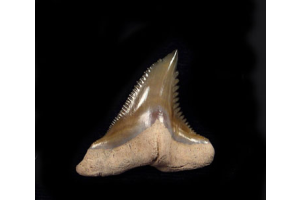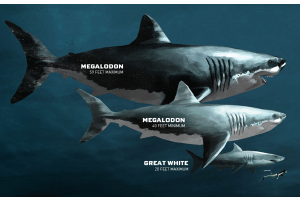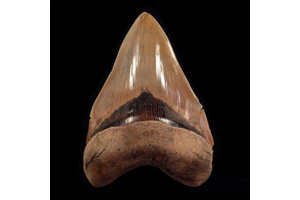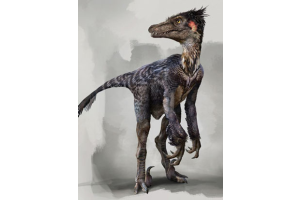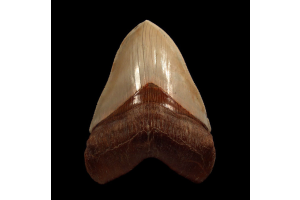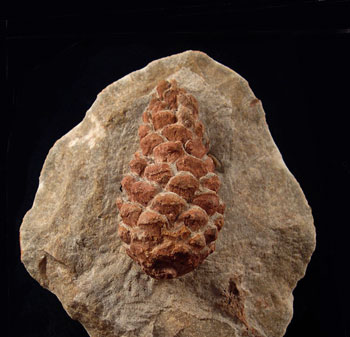
We all have seen them, touched them, and wondered about them, but not a lot of us know what actually happens within a female pine cone. We are specifically talking about the female pine cone not because we have anything against the male cones. The truth is, the majority of the visible cones in the forest are mostly female ones. The reason behind this is male cones’ smaller size, which makes them less conspicuous than its counterpart.
In this article, we’ll explain to you in brief what happens inside the female cone. We’ve listed down some points for this purpose. Let’s take a look at them.
- Let’s start with female pine cone formation. In the months of spring, mostly in the uppermost branches of the pine tree branches, small, green female pine cones begin to form. They come out of those branches that instead of adapting leaves, have formed scale-like structures. In these scales, you will find on the upper side, two ovules, both of which turn into a seed. All of this happen when the female pine cone is still small in size. Cell division begins to occur near the ovule’s base known as nucellus. After a while, it gets split up to create female sex cell
- Now, comes the pollination stage. We all know that male cones do the job of producing pollen. They do this on a nearby tree. This pollen then flies with the help of wind and makes its way to the female cone’s sticky fluid, situated close to the scale’s tip. This tip opens up a bit to let the pollen enter inside it. There, the pollen stays for about a year. Keep in mind that fertilization does not happen until the next spring but throughout the summer, the female cone continues to grow into a solid green structure. In the meantime, the process of breaking up of cells into sperm and eggs continue to happen, which eventually come together to create seeds
- Then, we reach the fertilization stage. Both female and male gametes become ready to meet in the next spring. Close to the basal end of the ovule skin is present a hole, known as the micropyle, through which enters a pollen tube, developed by the pollen. It is through this tube that the sperm travels into the ovule. Fertilization commences as soon as the sperm and eggs fuse, giving rise to seeds. Within each seed is present a young pine cone tree embryo as well as the nourishment required for its survival
- At last, female pine cones begin to grow bigger in size as seeds mature. Once matured, female pine cone starts to leave room for the seeds to fall out by separating its scales. You can watch the seeds if you look between the scales. Now, there are two types of pine seeds. One are winged and pretty lightweight, which the winds easily carry. The other ones are wingless and rather heavy. They get spread by hungry animals. The kind of seeds a pine tree will produce depends on the species it belongs to
Isn’t a female pine cone’s journey fascinating? After reading this, you must be thinking, ‘where to buy large pine cones’? Fossil collectors do not need to worry as they can get well-preserved Jurassic Araucaria pine cones from Argentina at Buried Treasure Fossils. You can find different types of rare pine cones at our website and buy them to make your fossil collection even more amazing.






